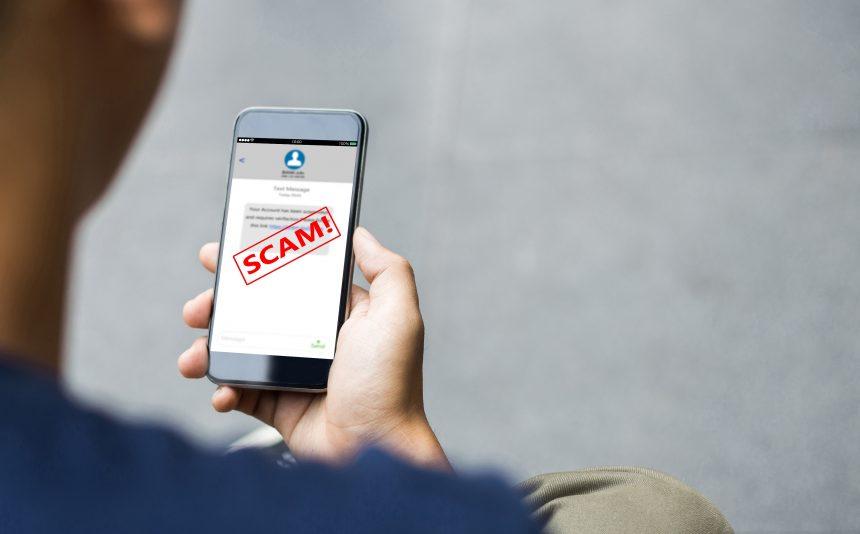In the realm of cybersecurity, Mac users have increasingly become targets of adware, with threats like ‘Someone has connected to your PC’ infiltrating systems through deceptive tactics. This adware manifests as intrusive pop-ups, causing an influx of ads, unexpected redirects, and potentially installing other unwanted applications. This article aims to dissect the ‘Someone has connected to your PC’ adware, shedding light on its actions, consequences, and offering a comprehensive guide to remove it from Mac systems.
Details of ‘Someone has connected to your PC’ Adware
- Name: Someone has connected to your PC, a.k.a. Trojan.Adload
- Type: Adware / Potentially Unwanted Application (PUP)
‘Someone has connected to your PC’ often gains access to Mac systems by employing deceptive strategies. It infiltrates bundled with other software or through misleading prompts on untrustworthy websites. The adware frequently uses the guise of false “Update Adobe Flash Player” alerts, tricking users into unwittingly installing it.
What Does It Do?
Once entrenched in a Mac system, ‘Someone has connected to your PC’ disrupts the user’s web experience by flooding browsers like Mozilla Firefox, Google Chrome, Internet Explorer, and Safari with excessive ads. These alterations in browser settings not only degrade performance but also pose a threat of malicious redirects. Furthermore, the adware engages in clandestine data collection, tracking user activities and extracting personal information, highlighting the urgency of swift removal to halt its intrusive actions and protect user privacy.
Though not a traditional virus, the ‘Someone has connected to your PC’ adware raises significant security concerns due to its adware features, PUP characteristics, and the potential for backdoor exploits. Eliminating it from a Mac system becomes imperative to mitigate these risks.
Similar Threats
‘Someone has connected to your PC’ is part of a family of adware and PUPs that operate with comparable tactics. Variants like AdLoad malware, Shlayer, CrescentCore, and Bundlore exhibit similar behavior, infiltrating systems through deceptive methods, manipulating browsers, and compromising user privacy.
Removal Guide
Completely eradicating ‘Someone has connected to your PC’ from a Mac system requires a systematic approach:
- Identify Suspicious Applications: Navigate to the “Applications” folder and uninstall any unfamiliar or suspicious applications linked to the adware.
- Inspect Browser Extensions: In each browser, review and remove any suspicious extensions associated with ‘Someone has connected to your PC.’
- Reset Browser Settings: Reset browser settings to default to eliminate alterations made by the adware.
- Clear Cache and Cookies: Delete cached data and cookies from browsers to remove remnants of the adware.
- Search and Delete Leftover Files: Utilize the “Finder” search function to locate and delete any remaining files linked to ‘Someone has connected to your PC.’
- Review Login Items: Check and remove any suspicious login items from the Mac system.
Best Practices for Prevention
To prevent future infections:
- Exercise Caution: Avoid downloading software from untrusted sources and refrain from clicking on suspicious pop-ups or prompts.
- Regular Updates: Keep the operating system and software updated to patch vulnerabilities.
- Limited User Privileges: Utilize a standard user account for daily activities to minimize the impact of potential threats.
- Adopt Ad Blocking Measures: Consider using reputable ad blockers to reduce exposure to malicious ads.
- Stay Informed: Stay abreast of emerging threats and educate yourself on safe online practices.
Conclusion
The ‘Someone has connected to your PC’ adware signifies the evolving landscape of threats confronting Mac users. By understanding its infiltration methods, actions, and consequences, users can take proactive measures to safeguard their systems. Following the comprehensive removal guide and implementing best practices for prevention will fortify Mac systems against potential adware and PUP threats in the future.





